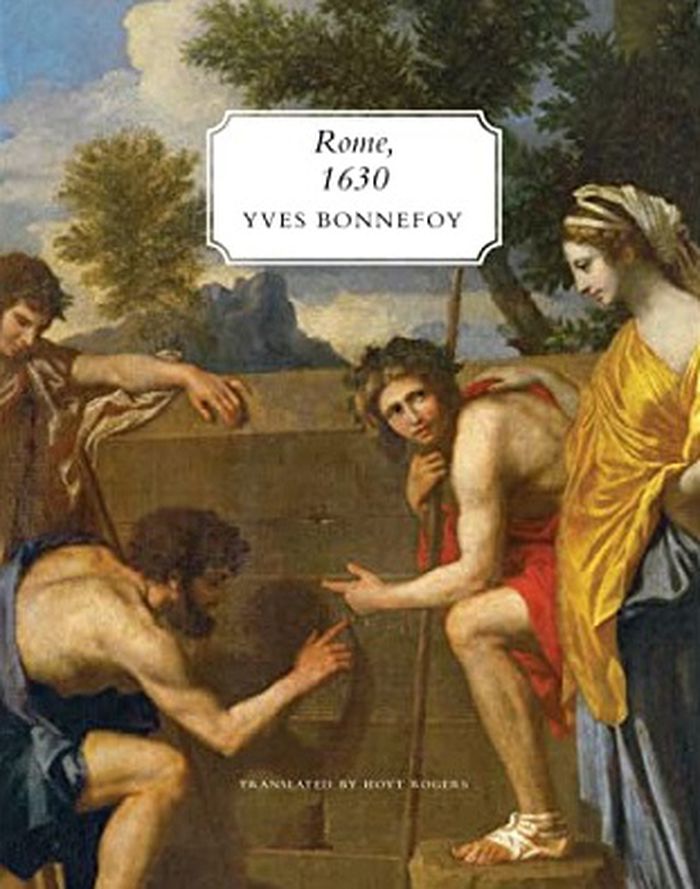$59.95
(available to order)
Summary:
Velazquez. Poussin. Carvaggio. Bernini. Despite their disparate backgrounds, these greats of European Baroque art converged at one remarkable place in time: Rome, 1630. In response to the Protestant Reformation, the Catholic Church turned to these masters of Baroque art to craft works celebrating the glories of the heavens manifested on earth. And so, with glittering(...)
Rome, 1630: The horizon of early Baroque, and other essays
Actions:
Price:
$59.95
(available to order)
Summary:
Velazquez. Poussin. Carvaggio. Bernini. Despite their disparate backgrounds, these greats of European Baroque art converged at one remarkable place in time: Rome, 1630. In response to the Protestant Reformation, the Catholic Church turned to these masters of Baroque art to craft works celebrating the glories of the heavens manifested on earth. And so, with glittering monuments like Bernini's imposing bronze columns in St. Peter's Basilica, Rome, 1630 came to be the crossroads of seventeenth-century art, religion, and power. In ''Rome, 1630,'' the renowned French poet and critic Yves Bonnefoy devotes his attention to this single year in the Baroque period in European art. The inclusion of five additional essays on seventeenth-century art situate Bonnefoy's analysis within a lively debate on Baroque art and art history. Translator Hoyt Rogers's afterword pays homage to the author himself, situating ''Rome, 1630'' in Bonnefoy's productive career as a premier French poet and critic.
Art Theory
